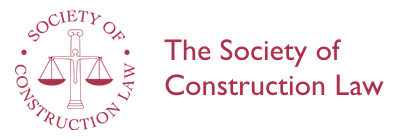Rethinking Private Nuisance in the Twenty-first Century: A Critical Analysis of Coventry v Lawrence
Paul Singh
August 2015
A paper based on the highly commended entry in the Hudson Prize essay competition 2014
In 2014, in Coventry v Lawrence (No 1), the Supreme Court was given an opportunity to review some important aspects of the law of private nuisance: how easements may arise by prescription, noise as a specific version of nuisance, the remedies available (damages or injunction?) and the relationship of what is in effect a part of land law to the public law of land use planning. The outcome sets the law on a new course in several directions.
A. Introduction - The five issues - Outcome 1: The role of planning permission - Outcome 2: Prescriptive right for noise - Outcome 3: Coming to the nuisance - Outcome 4: The relevance of the defendant's own activity - Outcome 5: Injunction v damages - B. Analysis of Coventry's five outcomes - The role of planning permission - A prescriptive right for noise? - Arguments for a defendant - Injunction v damages - C. Conclusions.
The author: Paul Singh is a quantity surveyor, currently working on a number of major projects around the UK with Systech International Ltd, international construction consultants. He has a BSc in both quantity surveying and psychology and in 2014 was awarded an MSc in Construction Law and Dispute Resolution by King's College London.
Text: 16 pages
